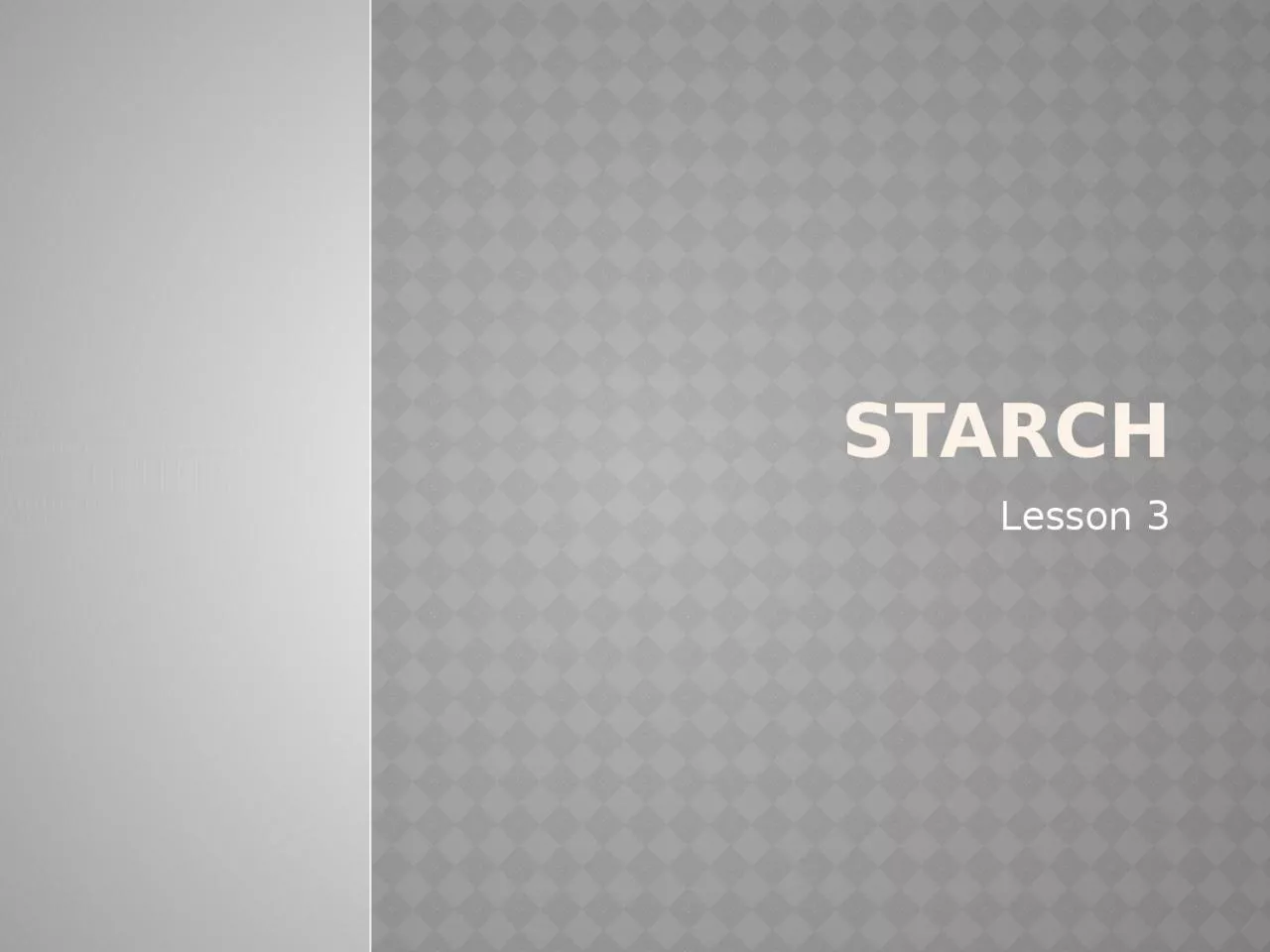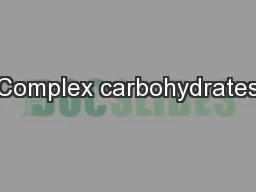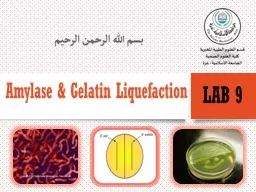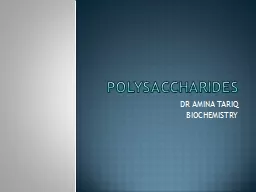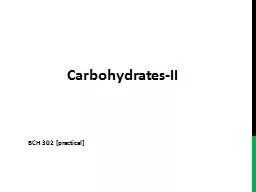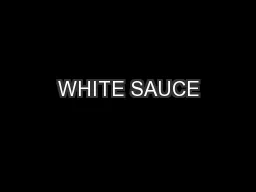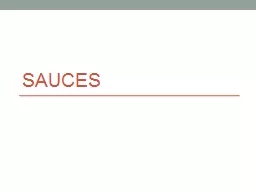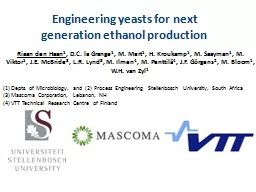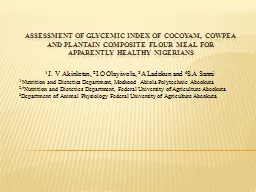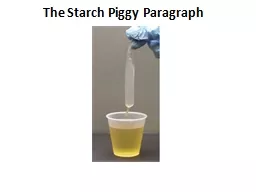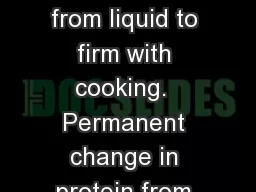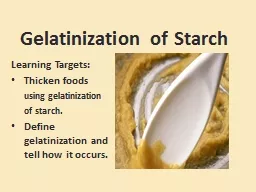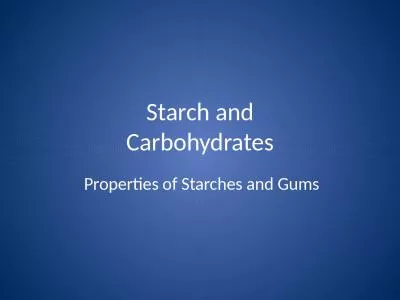PPT-Starch Lesson 3 Need to book
Author : davis | Published Date : 2023-11-08
Practical Activity 20 Repro Question chase Practical Activity sheet 20 Option to do some of learning as independent learning activity sources in folder Success Criteria
Presentation Embed Code
Download Presentation
Download Presentation The PPT/PDF document "Starch Lesson 3 Need to book" is the property of its rightful owner. Permission is granted to download and print the materials on this website for personal, non-commercial use only, and to display it on your personal computer provided you do not modify the materials and that you retain all copyright notices contained in the materials. By downloading content from our website, you accept the terms of this agreement.
Starch Lesson 3 Need to book: Transcript
Download Rules Of Document
"Starch Lesson 3 Need to book"The content belongs to its owner. You may download and print it for personal use, without modification, and keep all copyright notices. By downloading, you agree to these terms.
Related Documents

